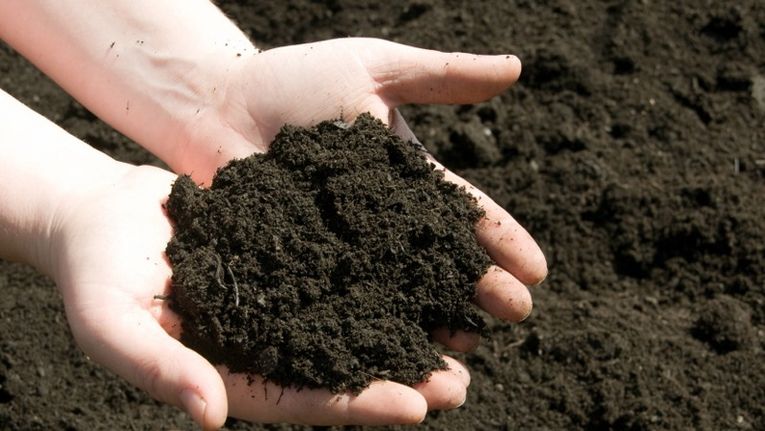Contents
Diseases in the garden
Diseases affecting our cultivated plants can have various origins. Generally speaking, a plant weakened by an environment that is not suitable for it, stressed by specific climatic conditions or in competition with other plants will be more sensitive to various diseases. The latter are of cryptogamic origin most of the time, that is to say that micro-fungi develop on the plant. In this case, the spores can last from one year to the next, well hidden in the bark or in the soil, waiting for the right moment to reappear. There are also viral or bacterial diseases that affect our plants, and here again, it is often preferable to destroy the infected plants to eliminate the risk of propagation.
Problems with diseased plants in compost
As we have seen, diseases can lurk in the bark and buds for many months and reappear in good times, which is why the introduction of diseased plants into the compost is so decried. Spores, viruses or bacteria can then contaminate your compost which, once spread at the foot of your plants, will be more harmful than beneficial.
How to introduce diseased plants to the compost?
Some composters are composed of a large barrel and are equipped with a crank handle. If the balance between green and brown waste is well respected, the compost can be stirred every day to maintain an optimal level of humidity and aeration and to raise the temperature above 55°C. In this case you will not take the risk of adding diseased plants.
In a classic heap, or in a silo, it will be necessary to add these problematic plants well in the center of the heap and only if this one is completely activated, i.e. if it reached a perfect balance between wet and dry matters which allows a good decomposition of the waste. This implies a high temperature (over 55°C) over several days in the center of the pile, which will kill most diseases. So you will need to time it right, take the temperature and make sure it stays constant for a few days if you want to add diseased plants.
Be careful, when grinding or pruning such plants, always remember to disinfect the tools after use, otherwise you risk the spread of diseases to the following plants.
Composting is the process of turning organic materials such as food scraps and garden debris into nutrient-rich soil or compost. The word “compost” is derived from the Latin word “compositus,” which means “to bring together.” In this context, the word denotes how composting preserves food scraps by bringing them together with inert ingredients like straw and leaves. Composting also reduces waste by recycling kitchen and garden waste in a beneficial way.
Composting diseased plants is effective at reducing the spread of disease. When plants are composted, their spores— microscopic reproductive units — are killed. This prevents the spread of plant diseases, such as damping-off in cabbages or black rot in apples. As a result, health experts recommend that people compost diseased plants to prevent the spread of pathogens in landfills and biofuel processing plants. Furthermore, it is important to maintain healthy soils via composting so that no disease issues arise in the first place.
Composting diseased plants helps remove disease-causing organisms. When diseased plants are composted, their pathogens die along with their spores.
This reduces the risk of further infections in the environment and at home gardens. It also reduces the need to treat contaminated sites with harmful pesticides or fungicides when composting creates pathogen free soils for gardening or biofuel production purposes.
Composters also reduce greenhouse gas emissions by reducing the use of Styrofoam containers for growing produce during peak season. Moreover, reducing food waste reduces contamination of our water systems with bacteria and pathogens that make people sick when consumed by fish or other organisms that live in water bodies.
Composting diseased plants effectively reduces the amount of waste sent to landfills due to reduced contamination risks from pathogenic organisms dying along with their spores.
Many studies confirm that pathogenic organisms can multiply rapidly inside landfill substrates if enough suitable food trash remains undisturbed for long enough periods of time— especially if acidic conditions prevail within landfills’ environments.
Consequently, by reducing contamination risks through composting diseased plants, land managers reduce both potential health hazards to humans and wildlife as well as contamination risks for surrounding ecosystems!
Composting can be quite beneficial if done correctly since this preserves both soil health and decreases environmental contamination from pathogens! Anyone can start doing this by creating a worm bin near their outdoor produce!










